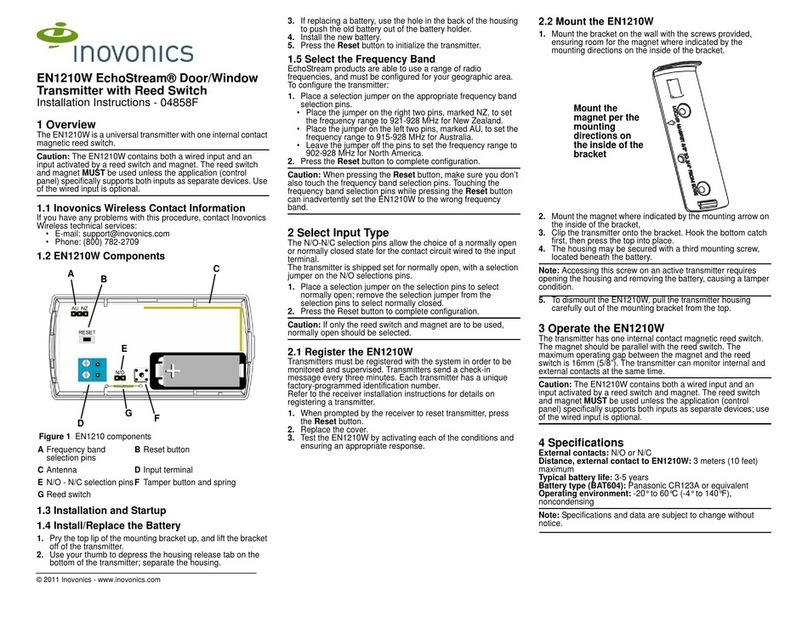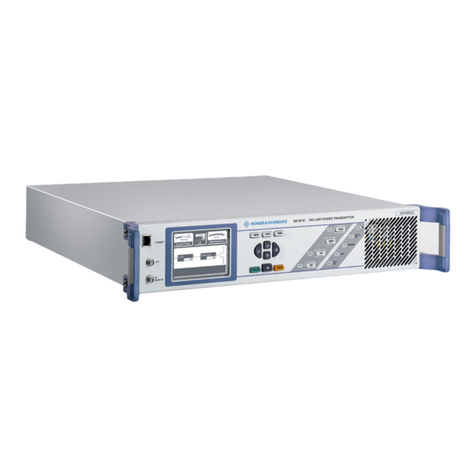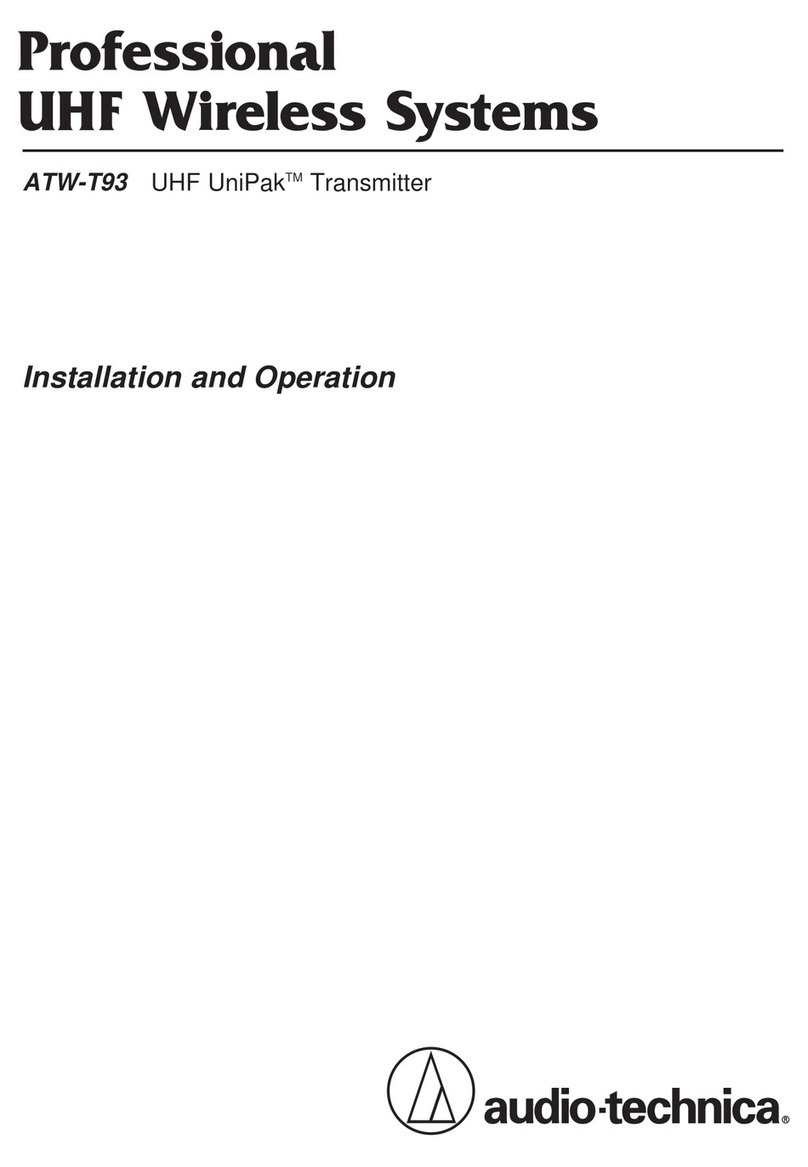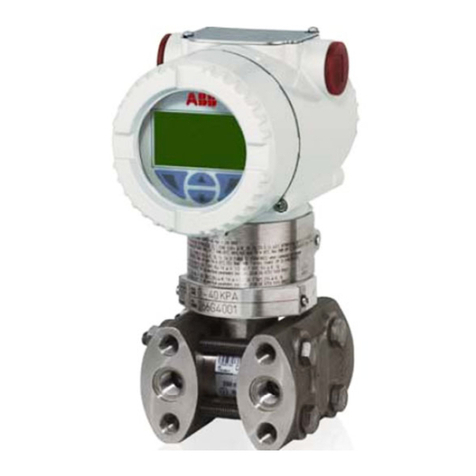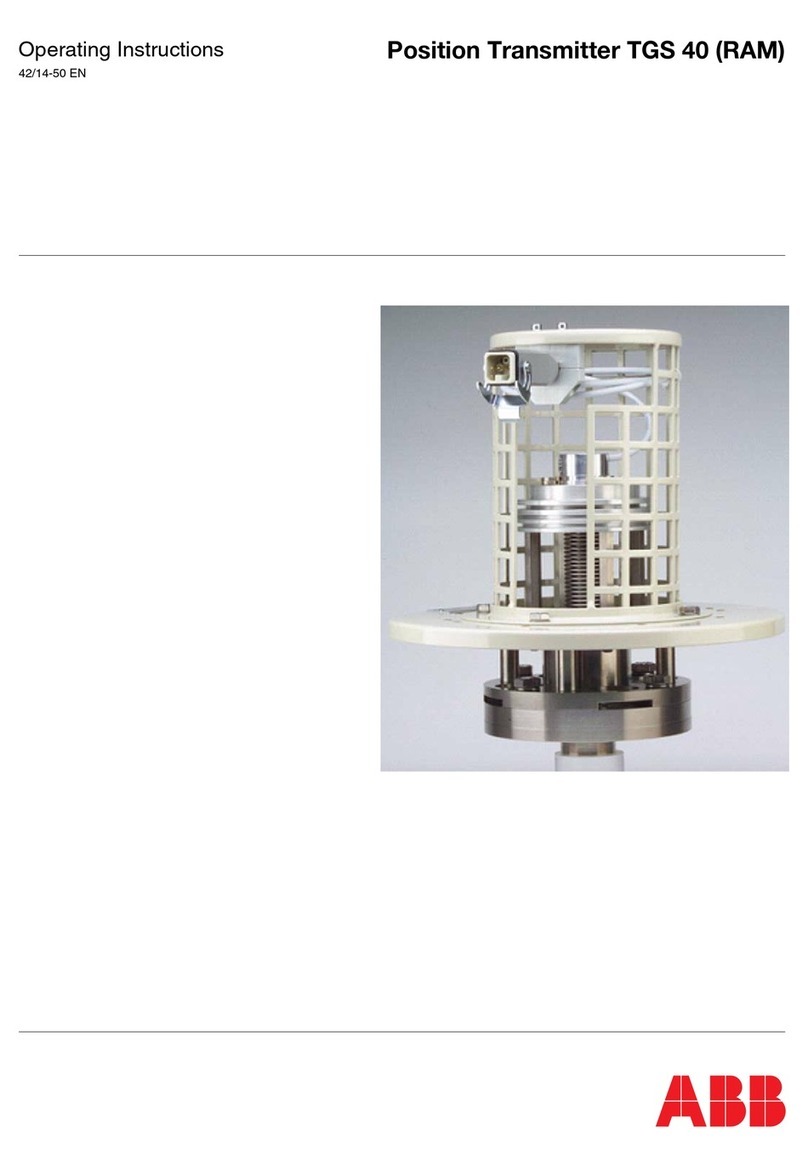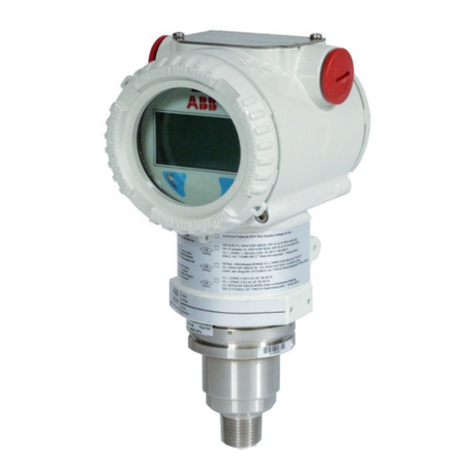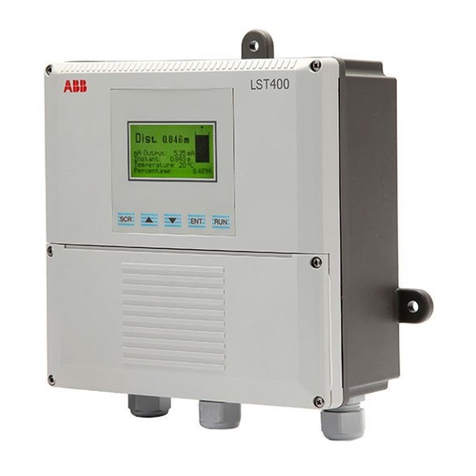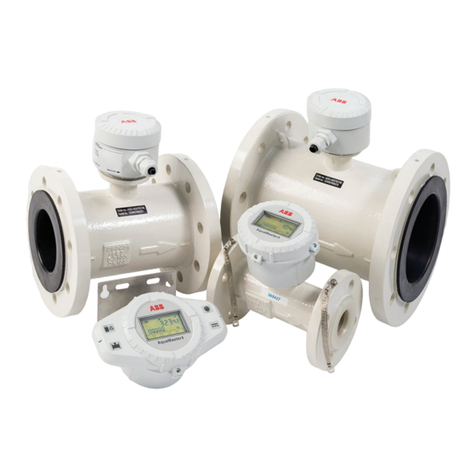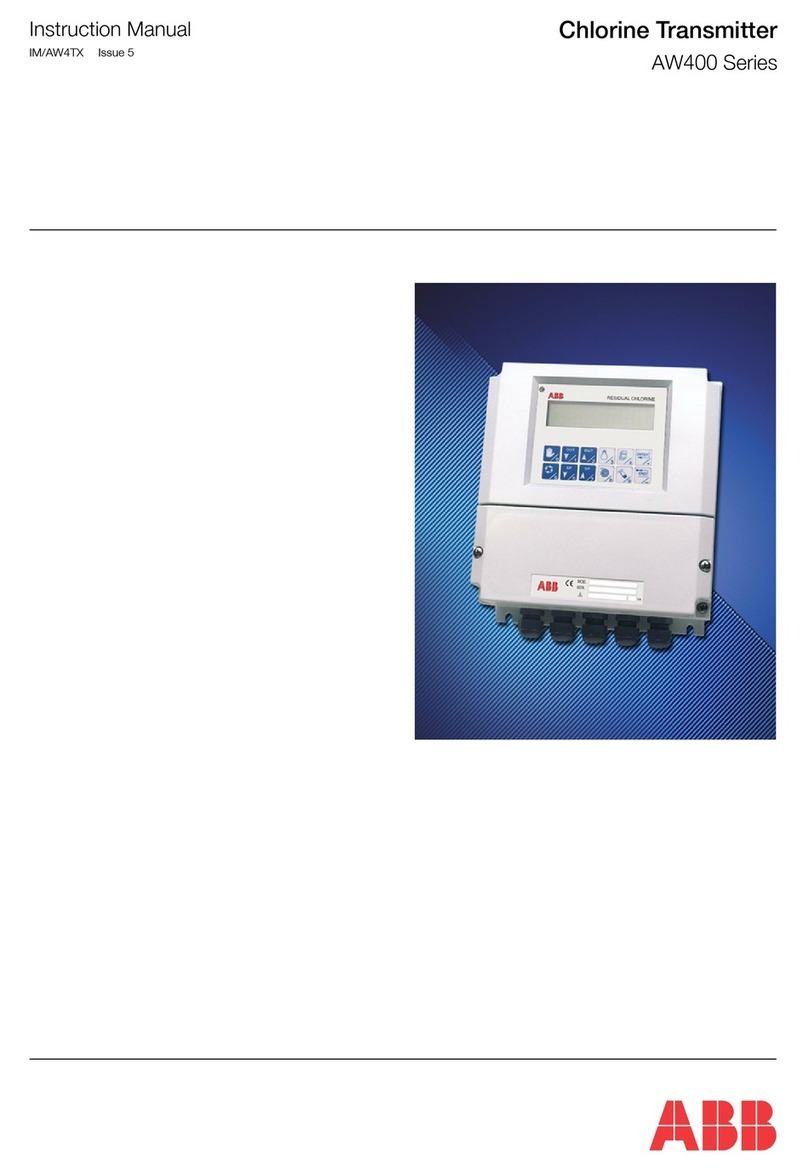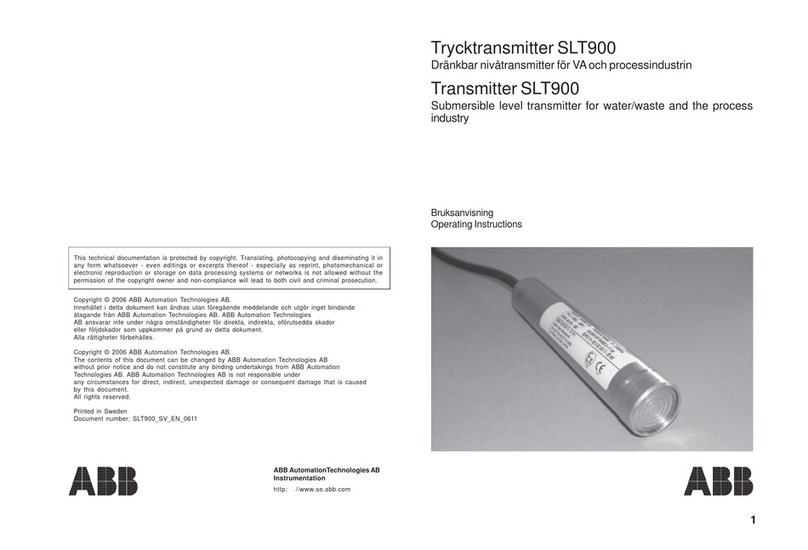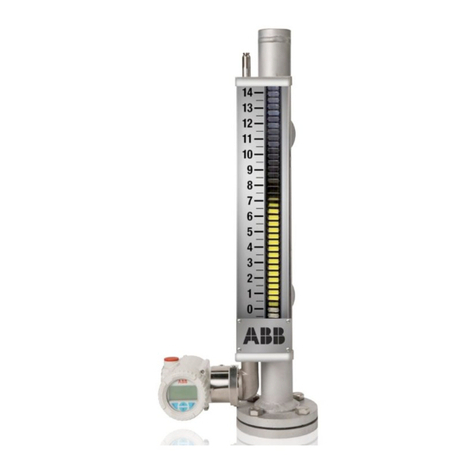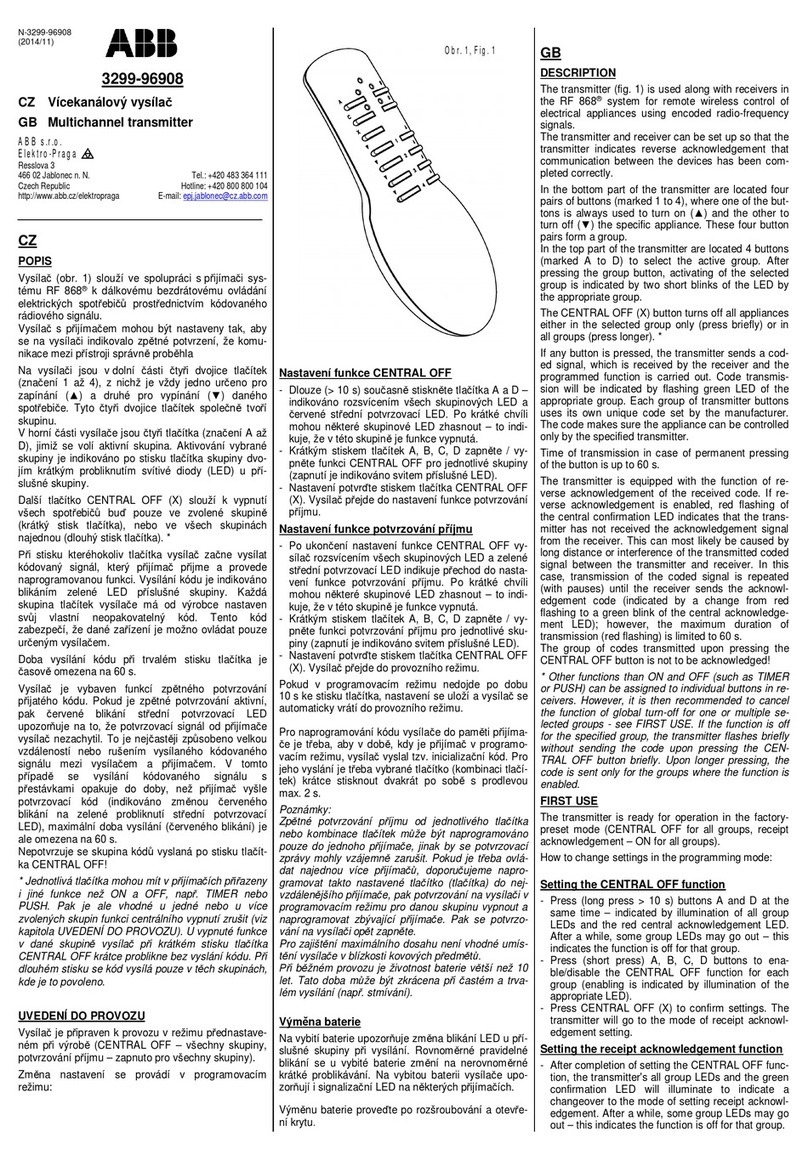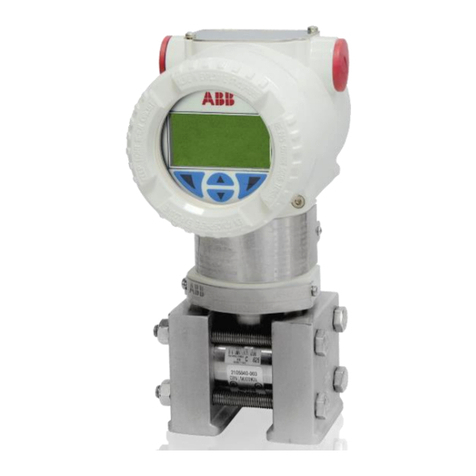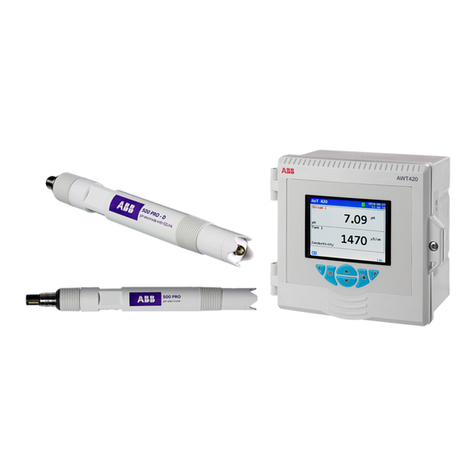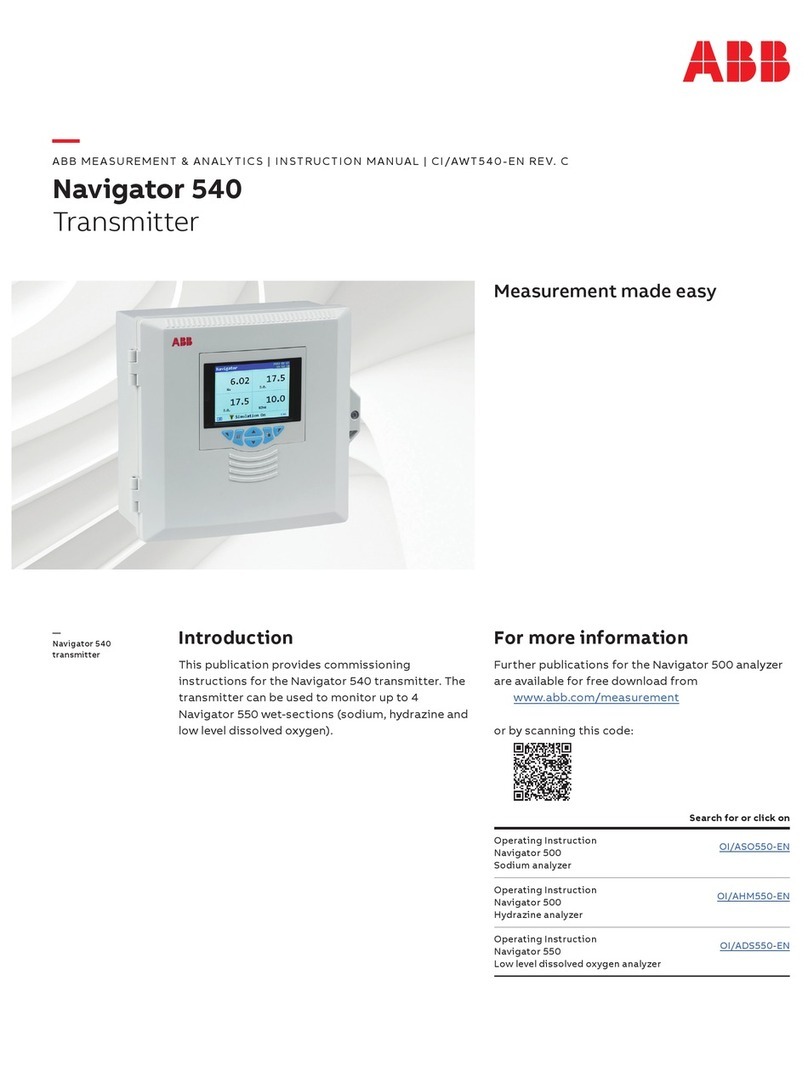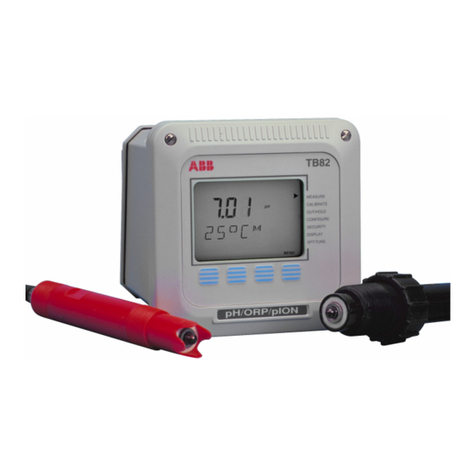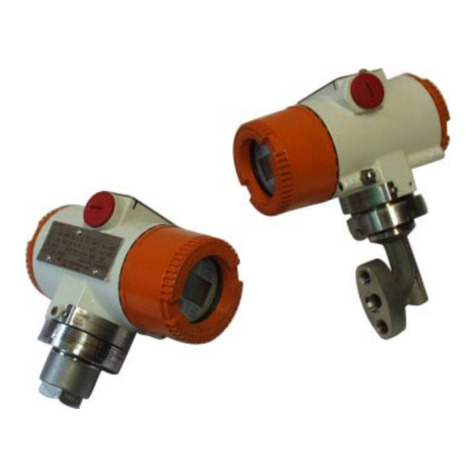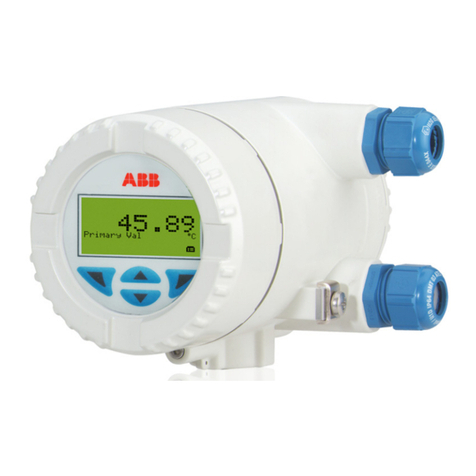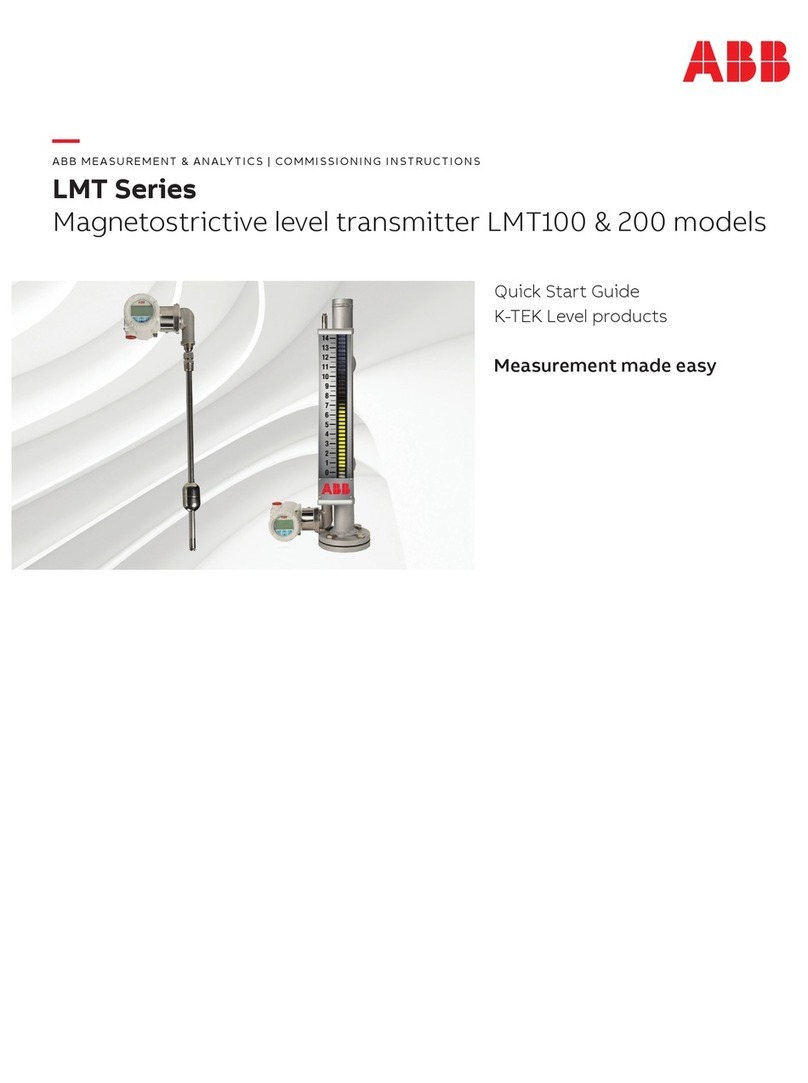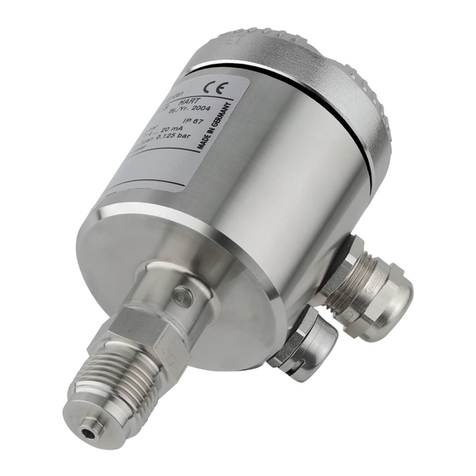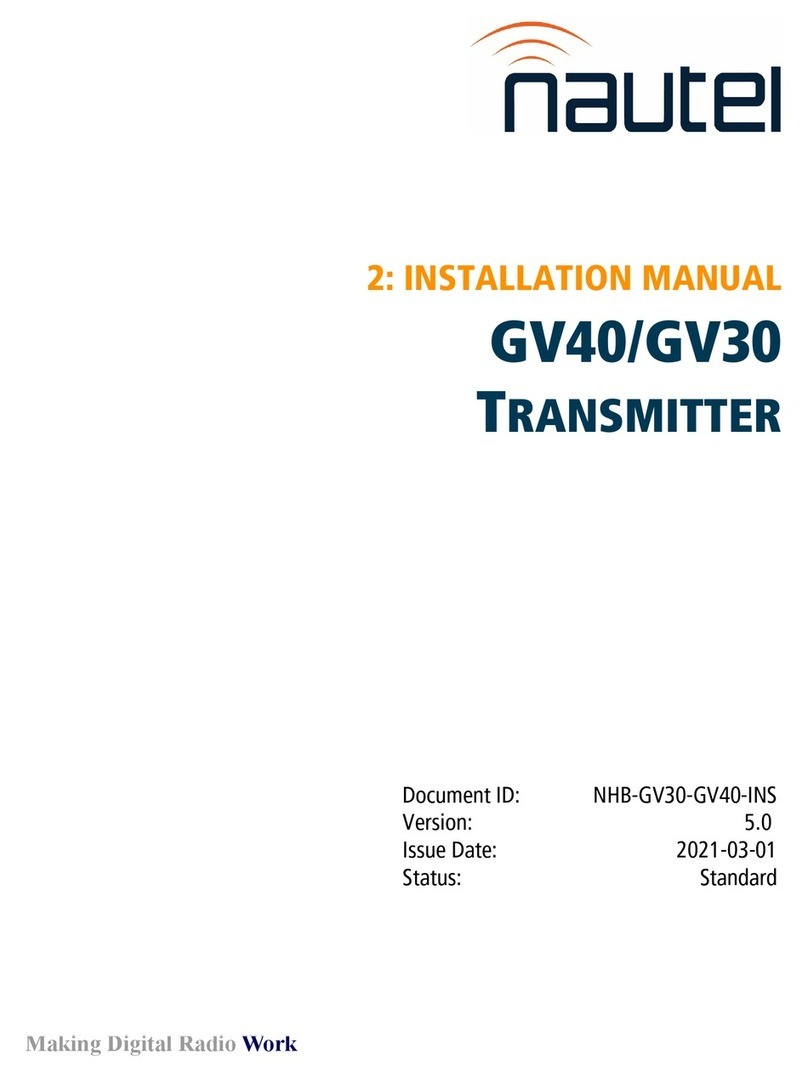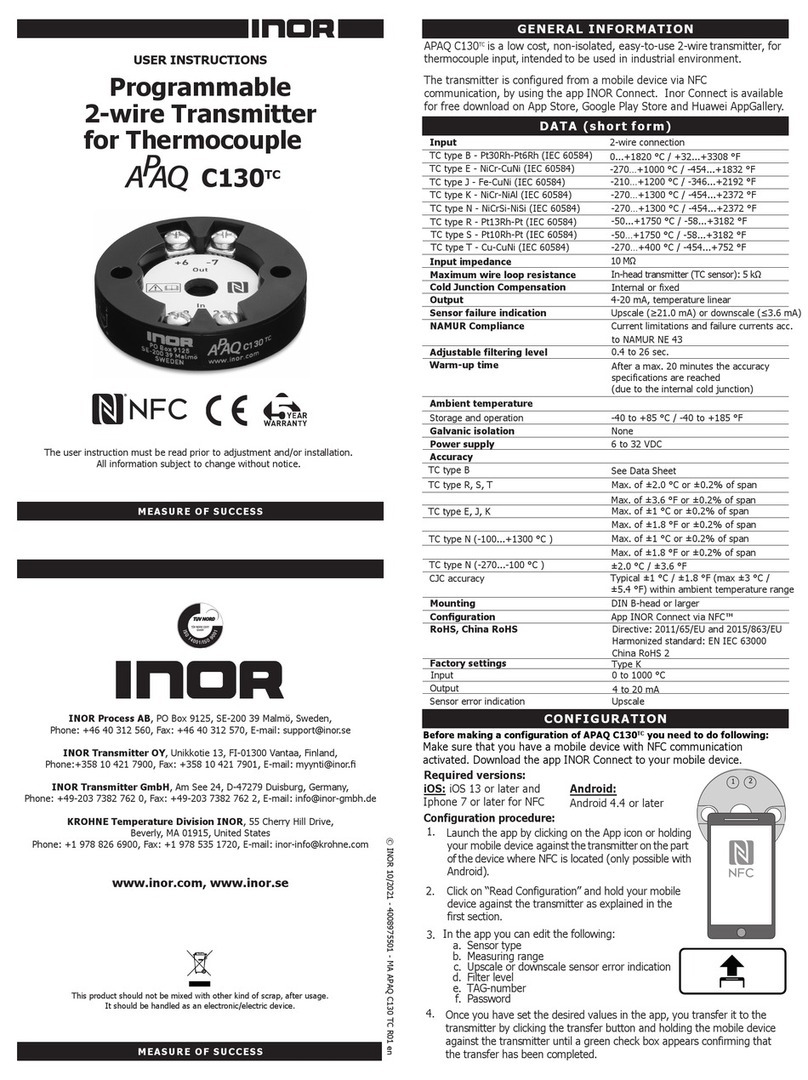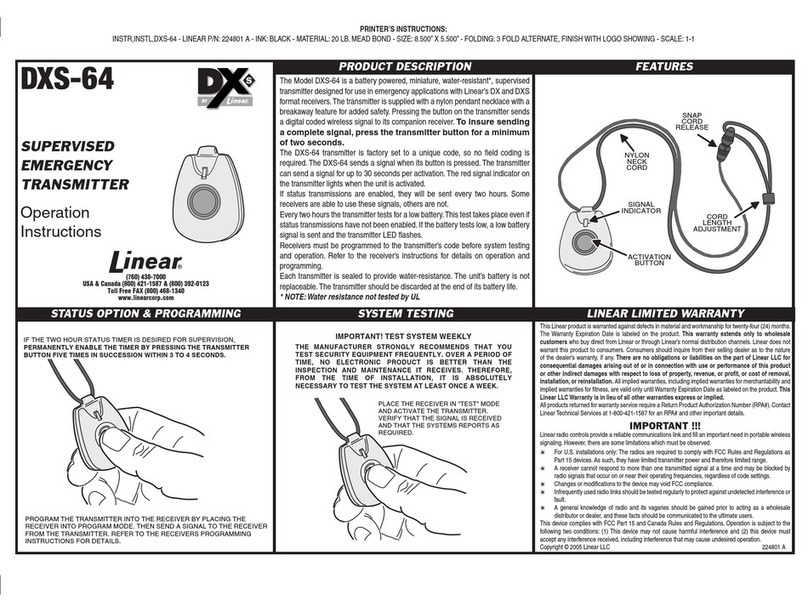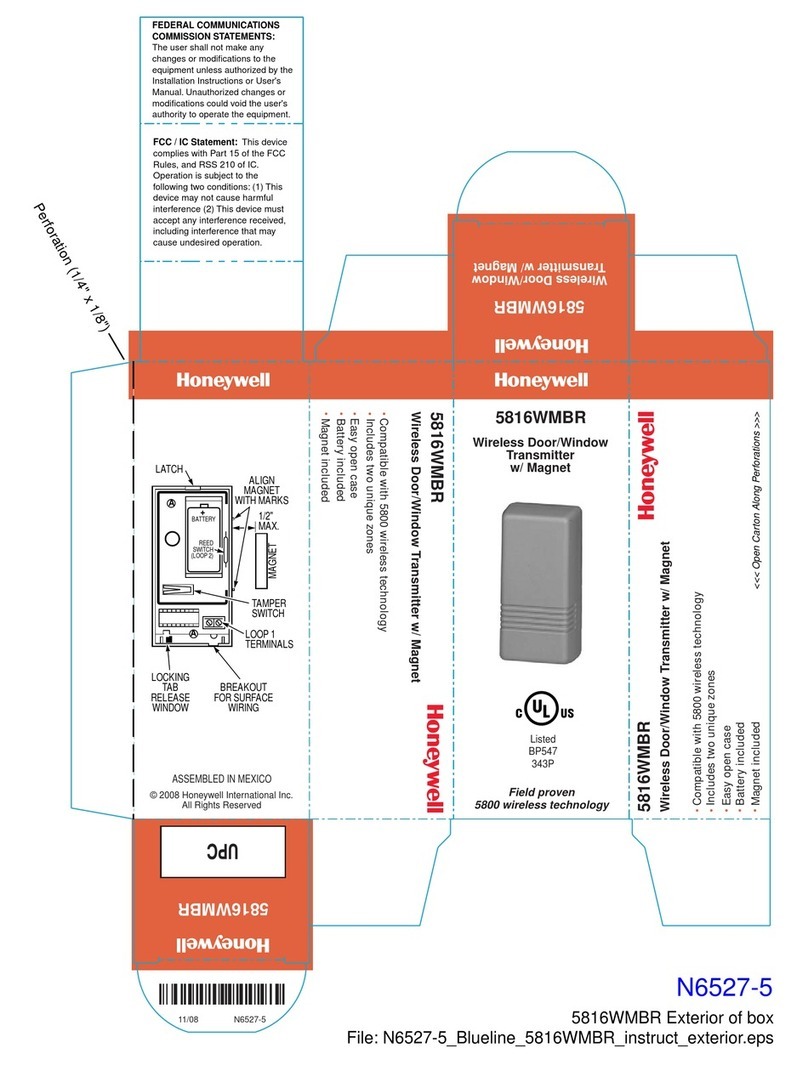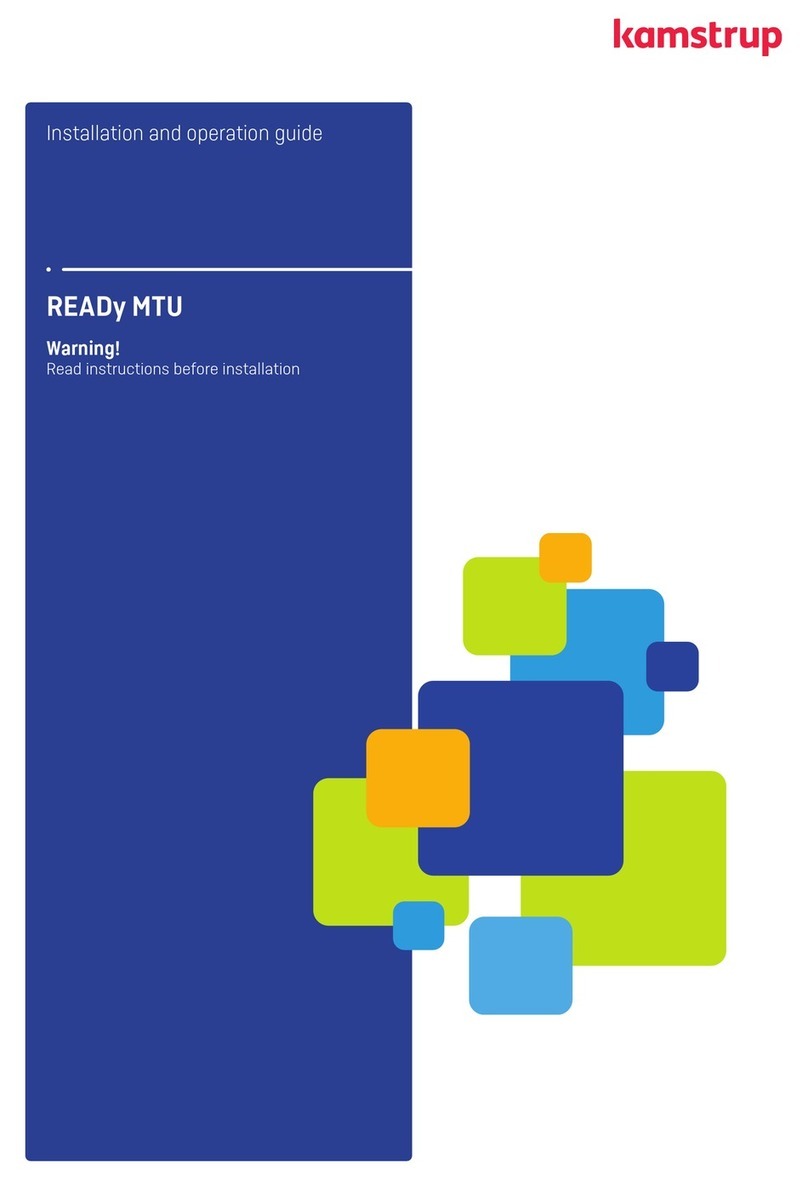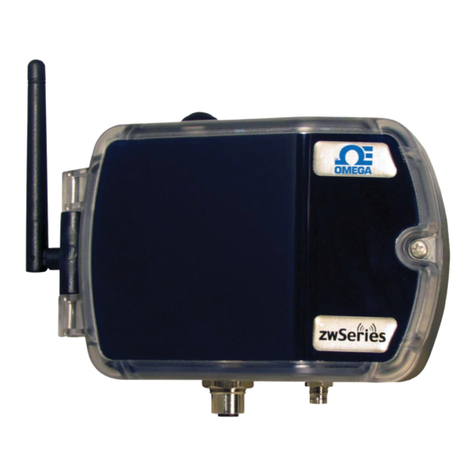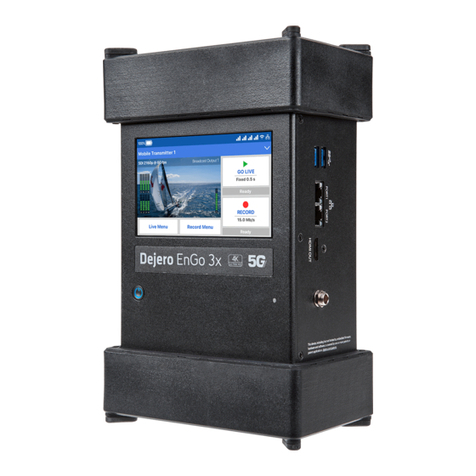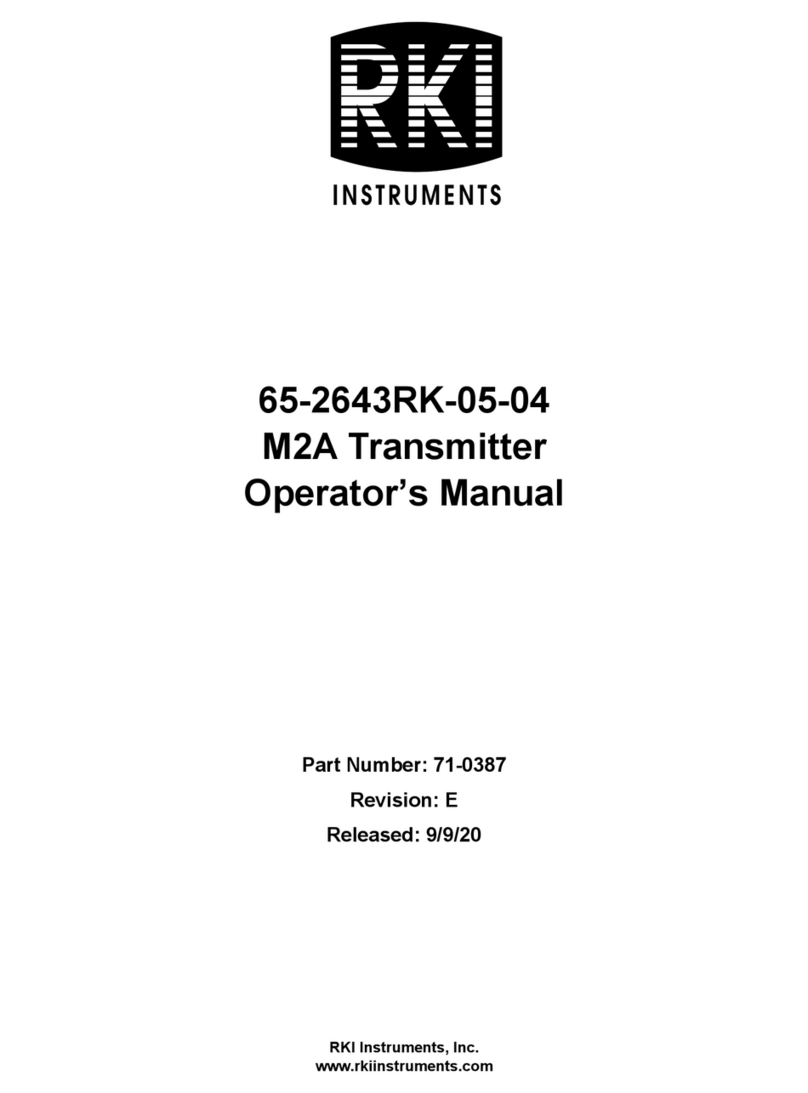
4 TTH300, TTF300 TEMPERATURE TRANSMITTER | SM/TTX300/SIL-EN REV. E
3Terms and definitions
IEC 61508 International standard ‘Functional safety of electrical/electronic/programmable electronic safety-related systems’.
Safety integrityProbability of a safety system satisfactorily performing the specified safety functions under all the stated conditions.
SIL
Safety integrity level
Discrete safety integrity level corresponding to a range of safety integrity values, where level 4 has the highest and level 1 has
the lowest.
Functional safety Part of the overall safety relating to the controlled system that depends on the correct functioning of the safety system and
other risk reduction measures.
Safety function Function to be implemented by a safety system or other risk reduction measures, that is intended to achieve or maintain a
safe state for the controlled system, in respect of a specific hazardous event.
Hardware fault tolerance
HFT n
Ability to continue to perform a required function in the presence of n hardware faults or errors.
Architectural constraints The highest safety integrity level that can be claimed limited by the hardware constraints (SFF, HFT).
Systematic safety integrity SC Measure on a scale of SC 1 to SC 4 on the systematic safety integrity of an element when the element is applied in accordance
with the instructions specified in the safety manual for the element.
Low demand mode The safety function is only performed on demand with a demand interval
a) no greater than one per year and b) greater than twice the proof test interval.
Dangerous failure Failure in implementing the safety function that prevents a safety function from operating as expected.
Safe failure Failure that results in the spurious operation of the safety function.
No effect failure Failure without direct effect on the safety function.
FIT Failure in Time (1x10-9 failures per hour) named θLambda
Failure rate Conditional probability of failure per unit of time, usually declared as FIT
θDD – detected dangerous failures θDU – detected dangerous failures
θSD – detected safe failures θSU – intrinsic safe failures
PFDavg Average probability of dangerous failure on demand.
Safe failure fraction
SFF
Ratio of safe plus dangerous detected failures to all failures.
SFF = (θSD+θSU+θDD) / (θSD+θSU+θDD+θDU)
Proof testPeriodic test performed to detect dangerous hidden failures and weaknesses in the mechanical integrity within the final
application environment.
Proof test interval Execution interval of the period proof test.
Proof test coverage PTC Fraction of detected dangerous failures by the periodic proof test.
Diagnostic coverage
DC
Fraction of dangerous failures detected by on-line diagnostic tests.
DC = θDD / (θDU+θDD)
Diagnostic test interval Interval between on-line tests to detect faults.
Common cause failure Failure causing concurrent failures of two or more separate channels in a multiple channel system, leading to system failure.
Systematic failure Failure, related in a deterministic way to a certain cause, which can only be eliminated by design modification, manufacturing
process, operational procedures, documentation or other relevant factors.
Random hardware failure Failure, which results from degradation mechanisms in the hardware. For equipment comprising many electrical components
those failures occur at predictable rates but at unpredictable random times.
Type A element
Type B element
An element can be regarded as type A if, the failure modes of all constituent components are well defined; and the behavior of
the element under fault conditions can be completely determined; and there is sufficient dependable failure data to show that
the claimed rates of failure for detected and undetected dangerous failures are met. Otherwise the element shall be regarded
as type B.
MooN architecture Voting redundancy architecture. e. g.
1oo2: 1 out of 2 redundant channel architecture
2oo3: 2 out of 3 redundant channel architecture
Useful lifetime Beyond the useful lifetime the probability of failure significantly increases with time and the probabilistic failure rate
estimation is meaningless.

